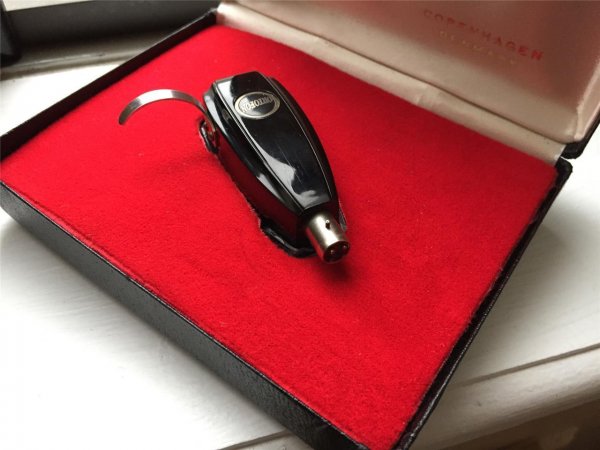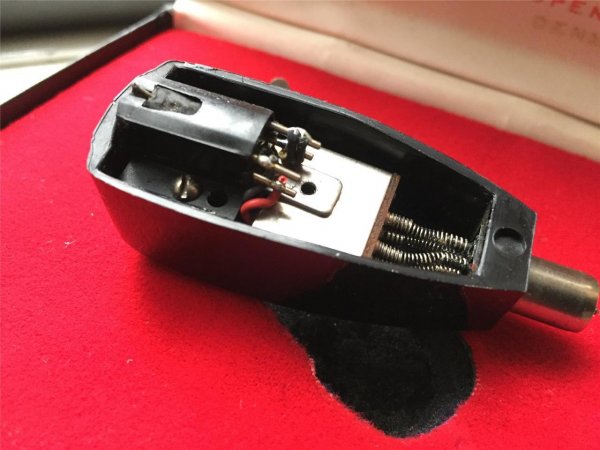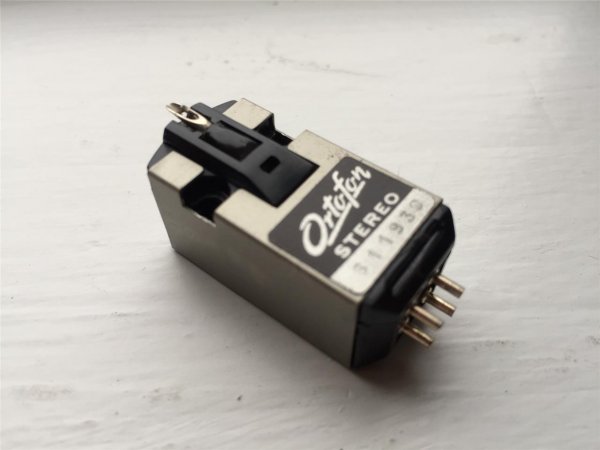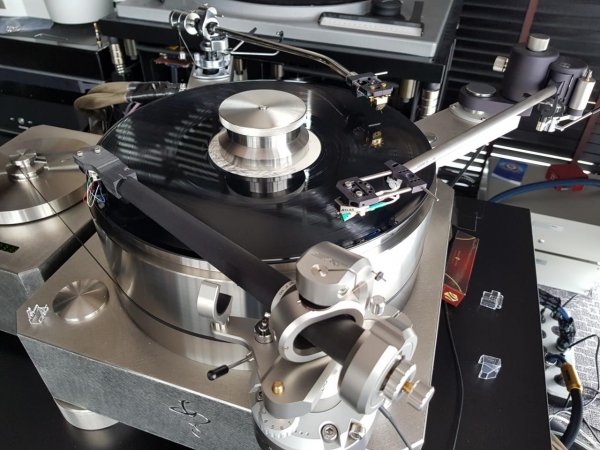Good lord! Think of the combinations and different sounds between all of those cartridges, arms, and tables. It looks like you are focusing mostly now on the newly arrived AS2000. Do you plan to switch cartridges in these three arms or have you settled on these particular combinations for complimentary reasons?
It is also a fascinating mix of arm designs. All pivoting and no linear trackers. Did you ever consider the Schroder or KLAudio pivoting linear tracking arms? The Axiom is by far the most user adjustable arm on your AS2000, while the old SME is meant to be set up and forgotten about. Do you make adjustments on the Axiom at the headshell or arm post, or do you leave it alone after the initial set up? Did your set up guy use something like the Smartracker universal alignment jig for each of these set ups, or did he use a proprietary device for each arm?
I'm curious about how you decide what to listen to at any particular time. Is it a quick decision based on your mood at the moment, or is it more reasoned for instance one combination for one particular genre of music, recording, etc? I remember taking my young kids to the famous Dillon's Candy Store in NYC once. Somehow your analog room reminds me of that. C
Good lord! Think of the combinations and different sounds between all of those cartridges, arms, and tables. It looks like you are focusing mostly now on the newly arrived AS2000. Do you plan to switch cartridges in these three arms or have you settled on these particular combinations for complimentary reasons?
It is also a fascinating mix of arm designs. All pivoting and no linear trackers. Did you ever consider the Schroder or KLAudio pivoting linear tracking arms? The Axiom is by far the most user adjustable arm on your AS2000, while the old SME is meant to be set up and forgotten about. Do you make adjustments on the Axiom at the headshell or arm post, or do you leave it alone after the initial set up? Did your set up guy use something like the Smartracker universal alignment jig for each of these set ups, or did he use a proprietary device for each arm?
I'm curious about how you decide what to listen to at any particular time. Is it a quick decision based on your mood at the moment, or is it more reasoned for instance one combination for one particular genre of music, recording, etc? I remember taking my young kids to the famous Dillon's Candy Store in NYC once. Somehow your analog room reminds me of that. Congratulations Tang, and I'm sorry for all of the questions, but you have a laboratory for vinyl playback.
Hi Peter,
Linear tracking?
- KLAudio no. The design looks too complicated. I like more simplistic design. Thales Statement yes I once considered it but didn’t happen. My tonearm guy has installed three Thales’s. Two Simplicity model. One Statement special 12” model. He told me the 12” is the one to go for.
Axiom.
- Adjustments are made mostly at arm post. I normally play with vtf and vta after my tonearm guy did initial setup. A Smartracker is used on Axiom. We first tried Axiom 12” that was on my AF1. But given the available SME type armbase that came with AS, the mounting position was too far for Axiom 12”. 12” Axiom is not really 12” because the arm pivot point is offset to the right making it more like a 10”. David’s regular armbase is made suitable for SME 12”. So I had to take the Axiom 14” out of my 927 and put on instead. Dietrich gave me a Smartracker with longer ruler for his 14”. I was in a meeting when my tone arm guy did the Axiom installation for me. He was gone when I came out. And I am finding the AtlasSL doesnt sound quite right from this setup at the moment. I know the AtlasSL sound. I didn’t have time to do any adjustment yeaterday. For SAT, it has its own jig that is very convenient to use.
How do I decide what to listen?
- I first pick cartridges. I choose cartridges that sound different enough or have different enough presentations. GFS, Opus1, AtlastSL, Coralstone (and probably ZYX Uni Premium) have different kind of presentation. They have their own charm. I never listened to ZYX. I bought ZYX plainly because David finds it the best sounding modern mc cart on the SME 3012R on AS. I want to hear the personal flavor of the Michelin star chef. Once I know exactly how each cart sounds, I pick music and choose corresponding cart depending on how I want to hear that piece of music.
Kind regards,
Tang












